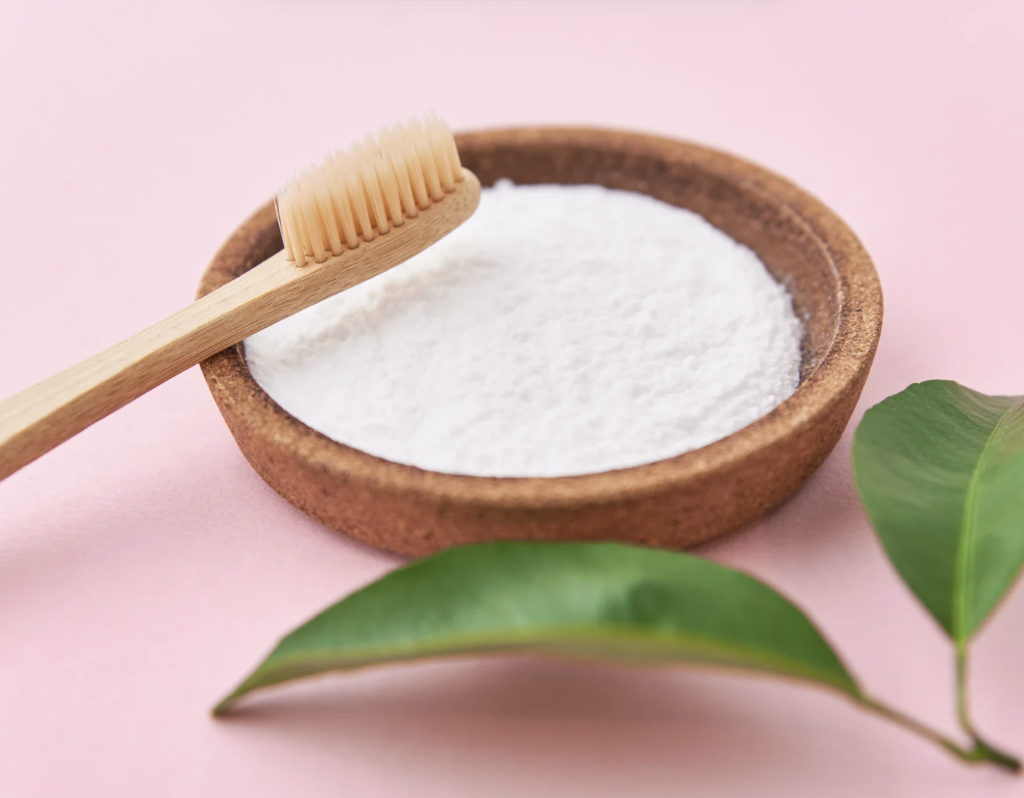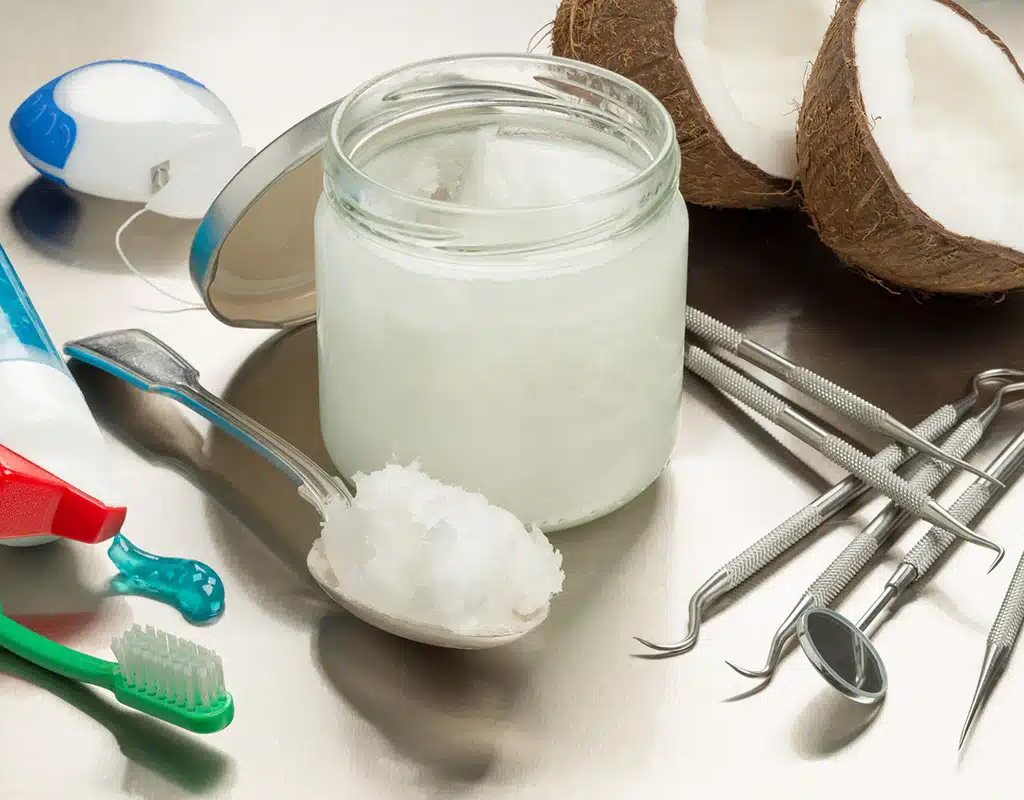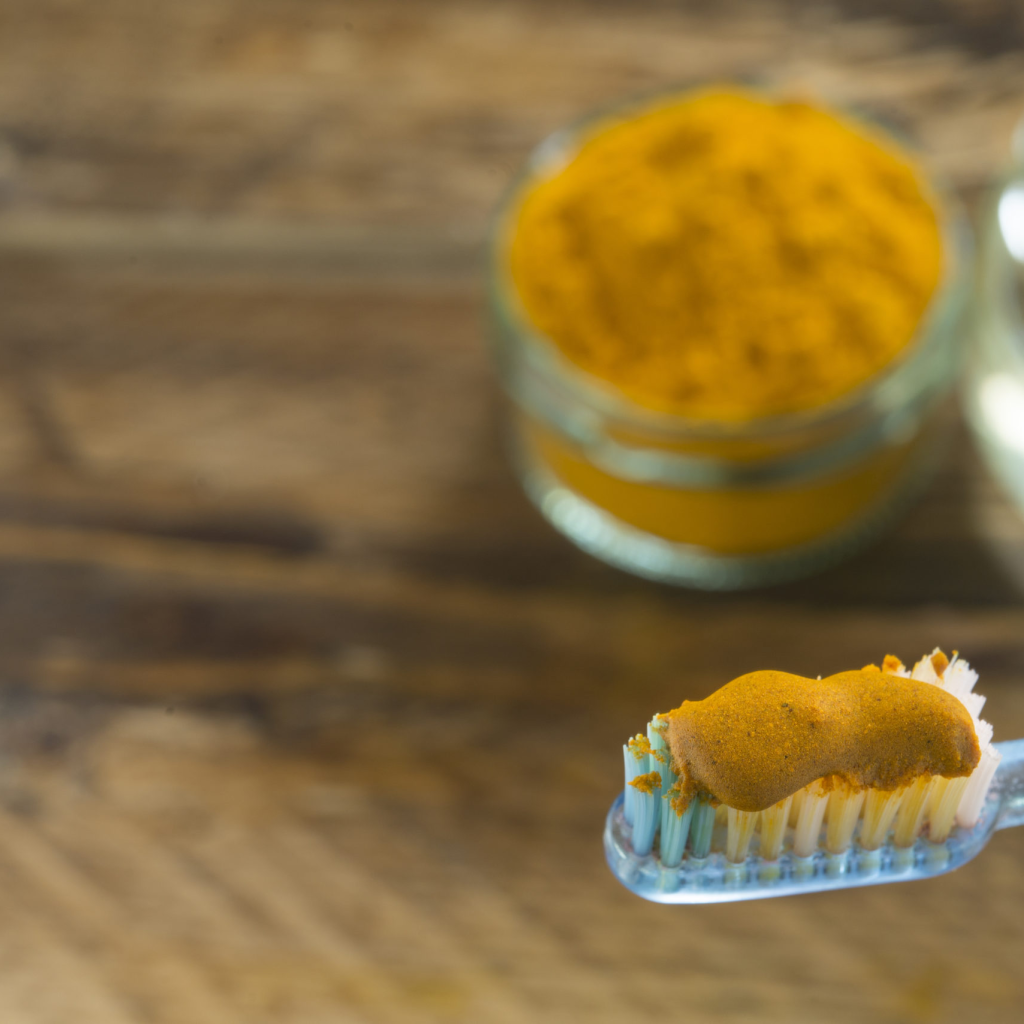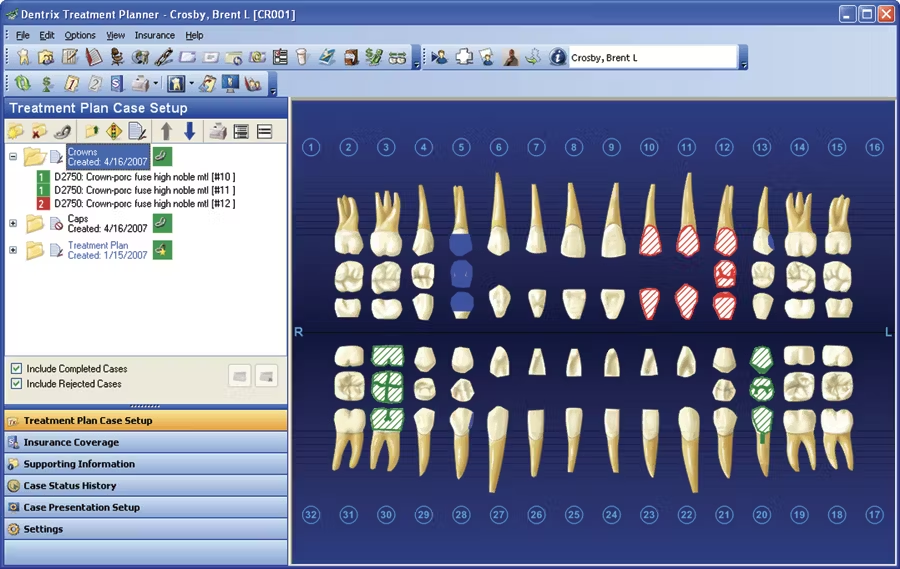Let me hold your hand when I say this- there’s nothing wrong with your yellow teeth. In Dentistry, we solemnly believe that if it is not painful, if you can still chew, talk, and perform the basic functions of teeth, we should not touch it. However, we are also trained to be empathetic towards to feelings of our patients- so it is valid if you want to whiten your teeth.
Now your dentist might offer different solutions when you ask ‘How can I whiten my teeth?”, but we understand that some prefer to try out natural ways or at-home remedies first. So, these are the things that you can do at home to whiten your teeth:
Remedy #1: Baking Soda Brushing

Why it works: Baking soda acts as a mild abrasive that helps scrub away surface stains.
How to use: Mix a small amount with water or toothpaste and brush 2–3 times per week.
Scientific Relevance: There have been in vitro and in vivo studies conducted by researchers that prove the efficiency of baking soda dentifrices (toothpastes) in stain removal and whitening teeth, but with a caveat that there is still a need for further research regarding this claim.
Remedy #2 Hydrogen Peroxide (Diluted)

Why it works: A natural bleaching agent that kills bacteria and lightens stains.
How to use: Mix 1 part 3% hydrogen peroxide with 2 parts water and use as a mouth rinse a few times a week. Avoid high concentrations or frequent use. Higher concentrations of Hydrogen Peroxide are toxic and could cause severe irritation or burns on contact with skin or eyes.
Scientific Relevance: Even in dental clinics, Hydrogen Peroxide has been used to whiten teeth (walking bleach method, power bleaching method), because this substance bleaches the chromogens within the dentine, thereby reducing the body colour of the tooth. For extrinsic tooth whitening, the American Dental Association approved the use of Hydrogen Peroxide in lower concentrations, but it has to be used overnight through ‘nightguard bleaching’.
Remedy #3: Oil Pulling (Virgin Coconut Oil)

Why it works: Swishing of oil can remove plaque that causes yellowing.
How to use: Swish 1 tbsp of coconut oil in your mouth for 10–20 minutes before spitting out. Daily use is safe.
Scientific Relevance: There has been a lack of scientific evidence that this method works for teeth whitening. Plaque, which causes tooth decay and gum problems, is still best removed through mechanical self-performed tooth brushing, and hardened plaque called calculus is still most efficiently removed by your dentist. Try this at home at your own risk.
Remedy #4: Apple Cider Vinegar (Diluted)

Why it works: It has natural bleaching properties, but is acidic.
How to use: Dilute with water and rinse your mouth occasionally. Don’t use this daily to avoid enamel erosion.
Scientific Relevance: There is a lack of scientific studies that prove the efficiency of apple cider vinegar with regard to teeth whitening. It is proven, however, that composite restorations (tooth-colored restoration) in apple cider vinegar lowered their microhardness value.
Remedy #5: Activated Charcoal

Why it works: Highly abrasive, scratches the teeth surfaces
How to use: Activated charcoal pastes are used in place of conventional toothpaste.
Scientific Relevance: A systematic review revealed that activated charcoal is inefficient in teeth whitening compared to other natural teeth whitening products. Furthermore, a good number of scientific studies established that activated charcoal toothpaste has a higher abrasive potential, which could be harmful to the
Remedy #6: Eating Crunchy Fruits and Vegetables

Why it works: Apples, carrots, and celery act as natural toothbrushes and increase saliva production.
Scientific Relevance: Our ancestors used to use fibrous tree stalks and twigs to clean their teeth, and the idea of eating fibrous fruits and vegetables to keep teeth clean is somehow similar. Fruits like strawberries contain malic acid, which can help brighten teeth, and a fibrous diet could help you us feel more satiated, which in turn prevents us from frequent snacking and craving for sugars. However, just like other natural at-home teeth whitening remedies, there is not enough scientific studies to back this up.
Remedy #7: Lemon or Orange Peels

Why it works: The white inner rind (not the juice) contains d-limonene, which may help remove stains.
How to use: Rub the inner peel gently on your teeth, then rinse.
Scientific Relevance: Mechanical removal of plaque on tooth surfaces is helpful in maintaining the health of your teeth. If you rub the rinds of lemons oranges, it could do the same thing. However, these rinds do not have any chemical component, nor it act as an efficient abrasive to make teeth whiter.
Remedy #8: Kaolin Clay

Why it works: A natural, mild abrasive used in some natural toothpaste to polish teeth.
How to use: Gently brush with a small amount a few times per week.
Scientific Relevance: Kaolin Clay works almost the same as activated charcoal, as it also acts as a natural mild abrasive, which could potentially get rid of debris on the tooth surface. However, recent research shows that
Remedy #9: Turmeric

Why it works: While yellow, it’s been shown in anecdotal reports to brighten teeth with its anti-inflammatory properties.
How to use: Mix with coconut oil and brush gently, then rinse well.
Scientific Relevance: Turmeric does have anti-inflammatory properties, however, multiple studies prove that natural homemade recipes (baking soda, hydrogen peroxide, apple cider vinegar) lighten enamel shade except for turmeric.
Remedy #10: Wear Darker Lipstick or Get A Tan

Why it works: The contrast of colors from your complexion or the lipstick you use would give an illusion that your teeth looks brighter.
Scientific Relevance: This trick is some sort of optical illusion. Your teeth will look brighter, because the contrast between your teeth and your lipstick or your complexion is stark.
Remedy #11: Good Oral Hygiene
Why it works: The most natural way to maintain whiteness is to prevent staining in the first place.
Scientific Relevance: Nothing beats mechanical plaque removal, especially the constant and efficient mechanical plaque removal. Regular tooth brushing, use of floss daily, and going to the dentist at least twice a year could help maintain the pearly white shade of your teeth.
How can I whiten my teeth fast?
The best way to whiten your teeth is through in-office bleaching methods. In-office tooth bleaching is done in a dental clinic where the dentist would assess which bleaching method best suits your teeth.
The results are instant- your teeth will be two to three shades lighter after you have received this treatment. However, since this procedure is technique-sensitive and the instruments used are costly, tooth bleaching could be an expensive route in whitening your teeth.
Can yellow teeth turn white again?
If your teeth have been yellow since childhood, they may be naturally that way due to genetics or thinner enamel, which is normal.
While naturally yellow teeth can still be whitened, the results may not be as dramatic as with stained teeth. On the other hand, if the yellowing is from surface stains caused by coffee, tea, smoking, or poor oral hygiene, it’s usually reversible with whitening toothpaste, professional cleanings, or over-the-counter whitening products.
For deeper, internal stains—such as those from medication, trauma, or excessive fluoride—stronger treatments like professional whitening, dental bonding, or veneers may be necessary.
While whitening options vary in strength and effectiveness, it’s best to consult a dentist to find a safe and effective solution for your specific condition. Keep in mind that yellow teeth aren’t always a sign of poor health; many people with yellowish teeth have strong enamel and healthy mouths.
How to make teeth white in 2 days?
You can make your teeth whiter in 2 days if you go to the dentist and have them bleached. Natural remedies take more than 2 days before whitening effects can be seen, and if they are even effective.
For best results, always visit your dentist for a consultation to ensure that whatever you do will be safe for you and your oral cavity.
Conclusion
Whitening your teeth doesn’t always require expensive treatments—natural methods can help you safely brighten your smile at home. From using baking soda, oil pulling, and hydrogen peroxide, to maintaining good oral hygiene, these approaches are effective for reducing surface stains and enhancing the overall appearance of your teeth.
However, it’s important to:
- Use natural methods in moderation, especially acidic or abrasive ones like lemon peels or activated charcoal.
- Be consistent with your oral care routine—brushing twice a day, flossing, and limiting stain-causing foods can make a big difference.
- Consult your dentist before starting any whitening routine, especially if you have sensitivity or dental restorations.
A brighter smile is achievable—naturally and safely—by combining the right techniques with healthy habits.
References:
Yiming Li, Stain removal and whitening by baking soda dentifrice: A review of literature, The Journal of the American Dental Association, Volume 148, Issue 11, Supplement, 2017, Pages S20-S26, ISSN 0002-8177, https://doi.org/10.1016/j.adaj.2017.09.006. (https://www.sciencedirect.com/science/article/pii/S0002817717308115)
Walsh LJ . Safety issues relating to the use of hydrogen peroxide in dentistry. Aust Dent J 2000; 45: 257– 269.
Fearon, J. (2007). Tooth whitening: concepts and controversies. Journal of the Irish Dental Association, 53(3).
Dolores Bibiana Montero Tomás, María Pilar Pecci-Lloret, Julia Guerrero-Gironés, Effectiveness and abrasiveness of activated charcoal as a whitening agent: A systematic review of in vitro studies, Annals of Anatomy – Anatomischer Anzeiger, Volume 245, 2023, 151998, ISSN 0940-9602, https://doi.org/10.1016/j.aanat.2022.151998. (https://www.sciencedirect.com/science/article/pii/S0940960222001133)
Randa Abidia, Ahmed A. El-Hejazi, Ambreen Azam, Shahad Al-Qhatani, Khuloud Al-Mugbel, Maryam AlSulami, Efficacy of Tooth Whitening Using Natural Products in Vitro, The Saudi Dental Journal, Volume 31, Supplement, 2019, Page S26, ISSN 1013-9052,https://doi.org/10.1016/j.sdentj.2019.01.020. (https://www.sciencedirect.com/science/article/pii/S1013905219300835)



